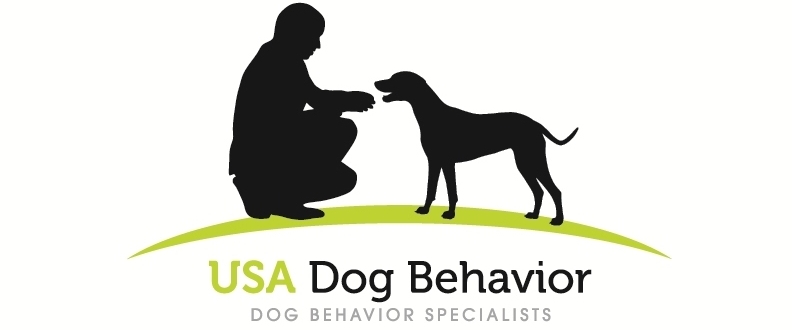A Dog Shows Us Why Shock Collars Are Harmful
©Scott Sheaffer, CBCC-KA, CDBC, CPDT-KA, USA Dog Behavior, LLC
I first saw Archie about one year ago. At that time, Archie was a five-year-old Golden Retriever mix who was scared of his own shadow. When I first met Archie, he wouldn’t make eye contact with me, his tail was tucked and he urinated a little out of fear. I have to tell you that seeing dogs like this hurts my soul, even after all of these years.
Anyone could look in Archie’s eyes and see he had a personality that was wanting to come out, but he was too scared to do anything other than avoid all the scary things in his environment. He was living in fear every waking hour of his life. He had generalized anxiety which meant virtually everything in his world that wasn’t very familiar to him was terrifying.
How did this happen to Archie?
Archie
Archie’s adoptive owner, Rebecca, had recently adopted him from a reputable rescue organization. Rebecca told me in his first four months of living with her he was in a world of fear.
The rescue organization revealed to her when she was adopting him that his original owner had voluntarily surrendered him to the shelter. The surrendering owner indicated she was at the end of her rope with Archie. She had tried everything she could to get Archie to stop his loud barking when he was standing at the back door of her home. He was, in her words, “A bad dog.”
She also told the rescue organization she had tried two different shock collars and no matter how much she shocked him, he still “didn’t listen” and kept barking. She had watched many of Cesar Millan’s TV episodes and consulted with two different dog trainers who both knew how to be “the alpha” to dogs. Through Cesar Millan’s “information” (see Cesar Millan, the Good, the Bad and the Ugly for more information) and these dog trainers’ suggestion to use a shock collar, she felt she was doing everything she could to get Archie to stop barking at the back door of her home.
Archie’s Initial Response to the Shock Collar
Shock collars can modify a dog’s behavior temporarily. However, there are two primary reasons why shock collars frequently make things much worse in the long-run, as they did in the case of Archie.
Dogs aren’t stupid; they quickly figure out they can sometimes avoid the next painful shock by simply stopping their behavior after a shock is administered. However, the problem is dogs don’t always make the association with the pain that we think they do when using a shock collar.
In the case of Archie, the original owner assumed the dog would associate the shock with barking and therefore stop barking. Instead of making that association, Archie connected the pain with being near the door. Eventually Archie would no longer get near the back door (and was now actually barking even more). He had connected the presence of the door with the pain, not his barking (i.e., door = shock pain, not barking = shock pain).In addition to not making the intended connection with the pain, shock collars can cause dogs to create a fear response when they simply see something that is associated with the pain - even when there is no shock taking place. In Archie’s case, he not only avoided the back door but started to associate the pain of the shock collar with going through all doors. The shock collar caused Archie to see doors as scary, which caused him to avoid all doors.
Archie Learns to Use Avoidance and Aggression
As Archie became increasingly concerned about the dangerous doors in his world, he started to do everything he could to avoid all doorways. His fear escalated to the point that if someone tried to force him through a doorway, he tried to run away or, in some cases, use aggression to keep that from happening. He was now absolutely terrified of doorways and would do anything to avoid them, up to and including, aggression.
Over time, Archie started to fear hallways that were near doors, stairs that led up to doors and sidewalks that terminated in doorways. Eventually he began to fear just about everything he was not intimately familiar with, whether associated with a door or not. This is the process of how dogs end up with generalized anxiety.
What This Story Teaches Us About Shock Collars
Shock collars don’t always work in the ways we think they’re working. There can be long-term collateral damage as evidenced by Archie’s story.
I don’t think the original owner of this dog meant to harm Archie. Her lack of understanding of how shock collars are harmful and her frustration ultimately led to this situation. Unfortunately, I see a lot of cases like this that result from the use of shock collars.
Fortunately, Archie is doing much better with doorways as well as his generalized anxiety these days. We undertook a behavior modification program that greatly reduced his fear. His new owner, Rebecca, is a gentle and patient person who is providing a loving environment for Archie.


